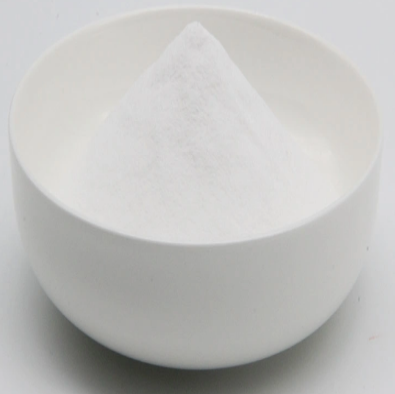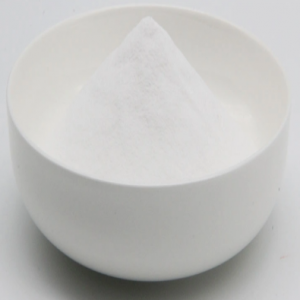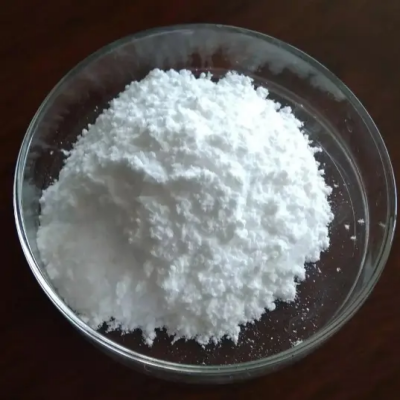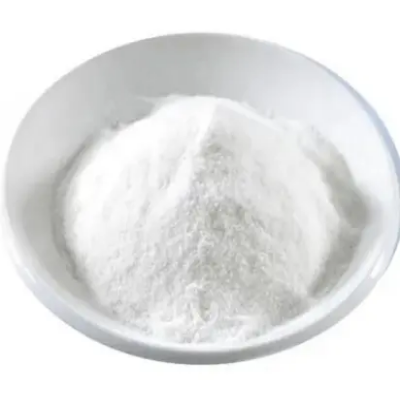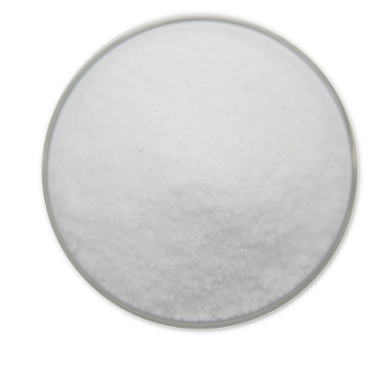RNase A from bovine pancreas CAS:9001-99-4
RNA Degradation: RNase A is commonly used to degrade or remove RNA from DNA samples. This enzyme specifically targets single-stranded RNA and cleaves it into smaller fragments. It can be added to experimental reactions to eliminate unwanted RNA molecules and focus on the study of DNA.
RNA Extraction: RNase A is utilized in RNA extraction protocols to remove RNA contaminants from DNA or protein samples. Its activity helps in obtaining pure RNA samples for downstream applications such as reverse transcription, RNA sequencing, and gene expression analysis.
RNA Cleanup: During the purification of RNA samples, RNase A treatment is often performed to remove residual DNA or protein contaminants. This step ensures the purity and integrity of the RNA, which is essential for accurate downstream analysis.
Inhibition of RNA: While RNase A primarily targets and degrades RNA, it can also be used to inhibit the activity of specific RNA molecules in a controlled manner. By adding RNase A to specific RNA-based reactions or experiments, researchers can modulate or suppress RNA function.
In Situ Hybridization: RNase A treatment is employed in in situ hybridization techniques to remove unbound RNA before detection. This ensures that only the specific RNA molecules that have hybridized with complementary probes are visualized accurately.
Enzyme Stabilization: RNase A is known to possess inherent stability, and its activity is retained under a wide range of experimental conditions. It has been utilized as a model protein for studying protein folding, stability, and enzymatic activity in various biophysical studies.
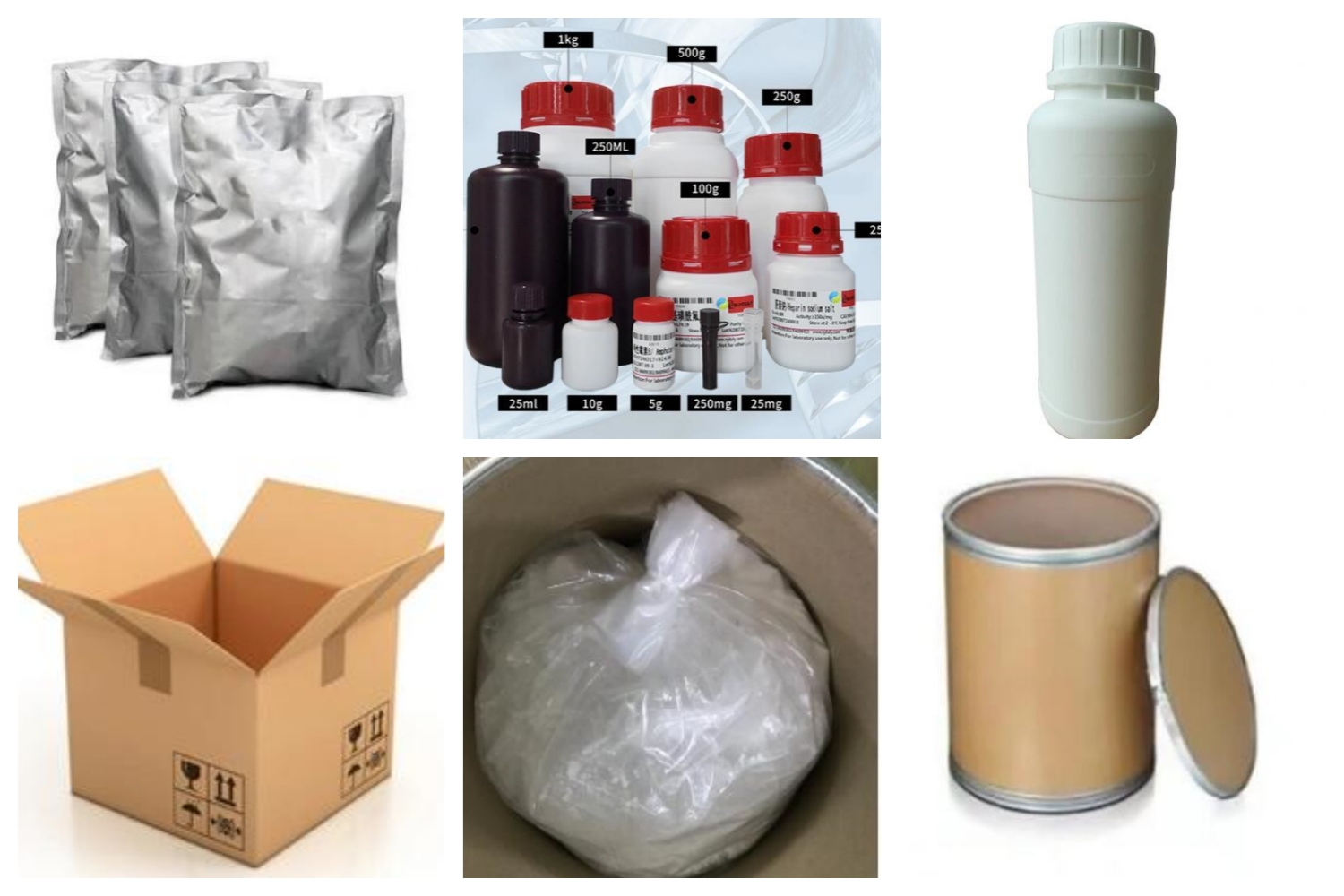
| Composition | N.A. |
| Assay | 99% |
| Appearance | White powder |
| CAS No. | 9001-99-4 |
| Packing | Small and bulk |
| Shelf Life | 2 years |
| Storage | Store in cool and dry area |
| Certification | ISO. |


